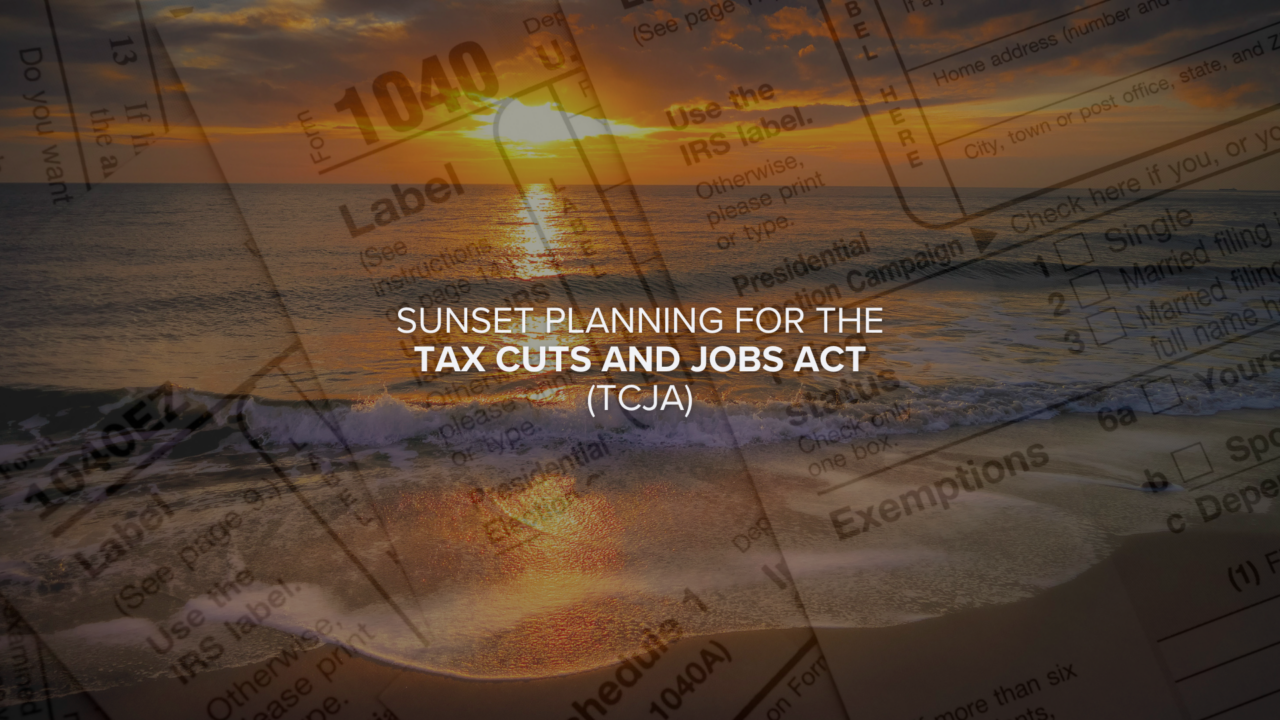Estate planning often includes a charitable component. Understanding when and how to give can maximize the benefits for both the donor and the recipient. Consider the following options and how they might fit into your legacy,
1. Giving Now
Direct Donation
- Immediate Impact: Donations provide charities with funds right away.
- Tax Benefits: Immediate tax deductions can apply, reducing your taxable income.
Donor Advised Funds (DAFs)
- Flexibility: Contribute to the fund now, decide later which charities receive the money.
- Tax Efficiency: Immediate tax deduction, while funds grow tax-free until granted.
Charitable Trust (CRATs and CLATs)
- CRAT (Charitable Remainder Annuity Trust):
- Provides fixed annual payments to donors or other beneficiaries.
- Remainder goes to charity after a specified time.
- CLAT (Charitable Lead Annuity Trust):
- Pays a fixed annual amount to charity for a set number of years.
- Remaining assets revert to the donor or other beneficiaries.
2. Giving at Death
Charitable Share
- Percentage Allocation: A portion of the estate is designated for charitable causes.
- Estate Tax Reduction: Can reduce the overall estate tax liability.
Specific Bequests
- Designated Amounts: Specific sums or assets are left to charities.
- Clarity and Precision: Ensures designated charities receive exact amounts.
Charitable Beneficiary
- Retirement Accounts and Life Insurance: Designating a charity as a beneficiary.
- Efficient Transfer: Avoids probate and can provide significant tax advantages.
3. What Assets Can Be Given
Cash
- Simplicity: Straightforward and universally accepted by all charities.
- Immediate Use: Charities can use the funds right away for their causes.
Beyond Cash
Appreciated Stocks & Assets
- Tax Benefits: Avoid capital gains taxes, receive a deduction for the full market value.
- Increased Giving Power: The value of appreciated assets can be more than the original cost.
Business Interest
- Complex but Valuable: Partial or full interests in privately held businesses.
- Customized Benefits: Potential for significant tax deductions and preserving business legacy.
Whether you choose to give now or at death, or decide what assets to give, proper planning can ensure your charitable intentions are fulfilled in the most beneficial way for both you and the causes that matter most to you. End of life planning can be overwhelming, but consulting with a professional and narrowing down what you value for your legacy can make it all count.




